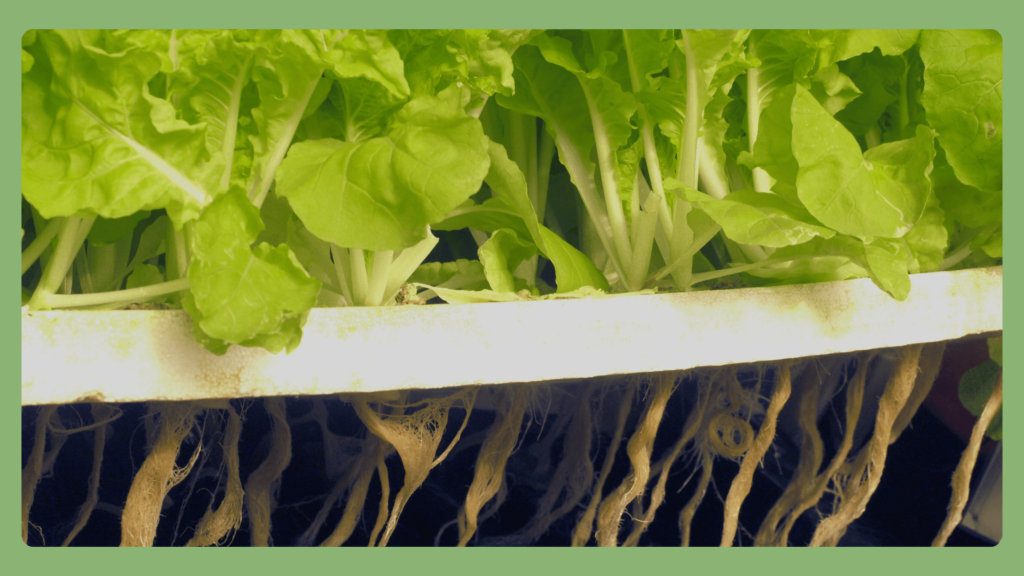Orchids are among the most valued flower-bearing plants. But planting and caring for them is not as easy as it is for other plants. Orchids need extra care in all departments. Everything should be in the right amount; anything less or in excess damages the plants faster. They are very delicate, and care should also be given gently. Each type of orchid needs unique care, so knowing the variety you have is most important.
Tips on Indoor Orchid Care For Beginners
Here are some general and basic tips on indoor orchid care for beginners that you need to know before purchasing an orchid.
Growing Media
Growing Media is very important for orchids. Many types of orchids grow on trees. The orchids that are epiphytes- the ones that grow on trees- do not grow well on soil, so the growing media should have less soil and more of barks or corks, coconut husks, in the medium. They also need more aeration and drainage systems so water is not clogged. When purchased from nurseries, the grow media will be ready to use and suitable for orchids. The same medium can be prepared at home with a mix of sphagnum moss, tree bark, moist peat, charcoal, volcanic stones, and vermiculture.
Repotting
Orchids have not grown in the same media for a long time. It needs to be repotted at least once in two years. While selecting the pot for repotting, pay attention to the root mass of the plant. The more the root mass, the bigger the pot selected. Plants with a higher growth rate of the roots tend to fill up the pot quickly, and they need frequent repotting to grow healthy. Use broken pieces of clay pots at the bottom of the new pot to allow better drainage. The sitting water can rot the roots. Try making more holes on the sides of the pot to allow more drainage. Orchids just need moisture to grow and not clogged water.
Make sure to remove the old soil from the roots before you repot. Place the terrestrial orchids at the centre, add the medium around them, and settle them with a stick. Cut the dead roots away from the epiphytes. Make a ball of the new medium around the roots before planting in the new pot. Do not water the pot for 2-3 days after repotting. The moisture in the medium is enough for the plant to grow. Simply sprinkle some water if needed.
Watering
- Each orchid variety needs different kinds of watering. Varieties like Miltonia, Cymbidium, Odontoglossum, and Paphiopedilum are to be kept moist and not wet. So keep spraying water onto the plants or the medium.
- Varieties like Cattleya, Oncidium, Brassia, and Dendrobium are to be kept moist during the growth period and dry between waterings when they have attained growth.
- Vanda, Ascocenda, and Phalaenopsis are the ones that need to be kept dry between waterings at all stages.
Always try to keep the leaves dry or at least not wet, and gently wipe off excess water from them with a swab or tissue. Orchids growing in clay pots will need more frequent watering than those growing in plastic containers. Watering should be less frequent during winter because it takes longer to dry the medium. During hot weather, mist the leaves and buds 1-2 times a day.
Fertilizers
Fertilizers should have phosphorus and nitrogen with traces of iron. Nitrogen is important during rooting, and phosphorus and potassium in the later stages. Orchids do not need fertilizers every week. Just add the nutrients once a month. Orchids that are growing on the bark need more nitrogen, as the bacteria in the bark take up more of it. Feeding should be done after watering.
Pruning
Pruning is required for the flowering orchids. It usually flowers in the colder season. The flowering lasts for 4-12 weeks. When they fade, cut the spikes about ½ an inch above the projection. Dead leaves or tissues are also to be cut off. The infected part should be cut at least an inch below to save the bottom parts from infection. Never prune the orchid leaves unless it is dead or infected. Sterilize the tools before using them on the plants.
Ventilation
Ventilation is important for orchids to have a normal growing temperature. The optimum temperature for orchids is 65-85˚F. For blooming cool temperature is apt. Even though orchids can stand higher temperatures, sudden changes affect them badly. Colder temperatures cause the leaves to turn yellow, such leaves should be immediately removed. Proper aeration of the room helps maintain the temperature. It also prevents infections and infestations. Open up the windows during summer to allow air inside and cool the leaves by evaporation. During winter, allow some occasional air movements around the plants with a fan.
Light
The colour of the leaves is a good indicator of enough light for the Orchids. A bright green is the correct colour for adequate lighting. Dark green indicates less light than required, and a reddish green shows that the light is too much. Too much light burns the leaves and may also leave some blotches. So keep the orchids in a well-lighted room but away from direct sunlight or heat. But remember to keep it closer to the window during fall and winter when the less is scarce.
Orchid Pests
Pests often chew the foliage or the roots. The common pests that affect orchids are snails and slugs. They hide in the medium and feed on the root tips and stunting plant growth. During the night, they come up to the surface and may destroy the leaves also. Scale insects crust on the leaves and stems, smaller insects like aphids and thrips attack the flowers and buds, and mealybugs form a white cotton mass over the stems and leaves.
Outdoor Varieties
Outdoor varieties of orchids need a balanced light and shade. The temperature is good for the orchids, as many can survive the low temperatures. Start planting orchids by May or June. They need daily watering. If any discoloration of the leaves occurs, transfer them indoors to recover the leaf color. They need more frequent nutrition. Nutrients are to be fed every two weeks. Most often, the outdoor orchids have a stake to keep them upright.
Concluding Notes
Caring for orchids takes more time than growing other plants. They need constant monitoring to see if there is any discoloration, wrinkles, or other visible spots or blotches on the leaves, and to check for any infection or infestation. Growing orchids is a tedious effort unless you are very fond of them. These tips on indoor orchid care for beginners will help you enjoy all the work done and have a healthy orchid growing in your garden.
You must remember that your mood reflects on the plant growth. The better you take care of it, the more beautiful the plant will reward you with beautiful and scented blooms.




